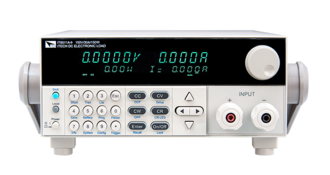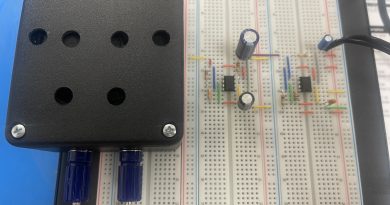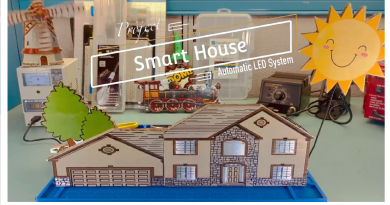Reasons for Microstepping a Stepper Motor (Part One)
Microstepping can improve stepper motor system performance in a number of applications, and it can reduce system cost and complexity relative to half- and full-step driving techniques. In addition, microstepping can help solve noise and resonance problems all while increasing step accuracy and resolution.
A stepper motor system’s natural frequency is determined by holding torque, rotor and load inertia, and the number of full-steps per revolution. When stepper motor system damping is low you risk generating noise or losing steps when the stepper motor operates at or near the resonant frequency depending on damping, total inertia, and the type of stepper motor. These issues can happen at or near integer multiples and fractions of the natural frequency. Typically the frequencies closest to the natural frequency cause the most problems.
The principal source of these resonances is that the stator flux moves in a discontinuous way when you use a non-microstepping stepper motor driver — forty-five or ninety degrees at a time — causing a pulsing energy flow to the rotor, and these pulsations excite the resonance. Using half-steps rather than full-steps reduces the excitation energy to roughly twenty-nine percent of the full-step energy. If we microstep the motor in 1/32-full-step mode only point one percent of the full-step energy remains. You can reduce the excitation energy to a low enough level that all resonances are completely eliminated by microstepping.
However, this is only true of an ideal stepper motor. In practical applications there are additional sources that excite system resonances. Regardless, microstepping improves movement in nearly all applications and, in many cases, microstepping alone will sufficiently reduce noise and vibrations for most applications.
When you run a stepper motor at low frequencies in half- or full-step mode the movement is discontinuous, noise and vibrations are generated, and there will be significant ringing. The frequencies where this occurs are below the stepper motor system’s natural frequency, which is why microstepping offers a safe, simple means of extending noiseless stepping frequencies approaching zero hertz.
You don’t usually need steps smaller than 1/32-full-step — electrical step angles this small are easily absorbed by the stepper motor’s internal friction, meaning the stepping doesn’t generate overshot or ringing. The microstepping positions will deviate from a straight line because of uncompensated sine/cosine profiles.


